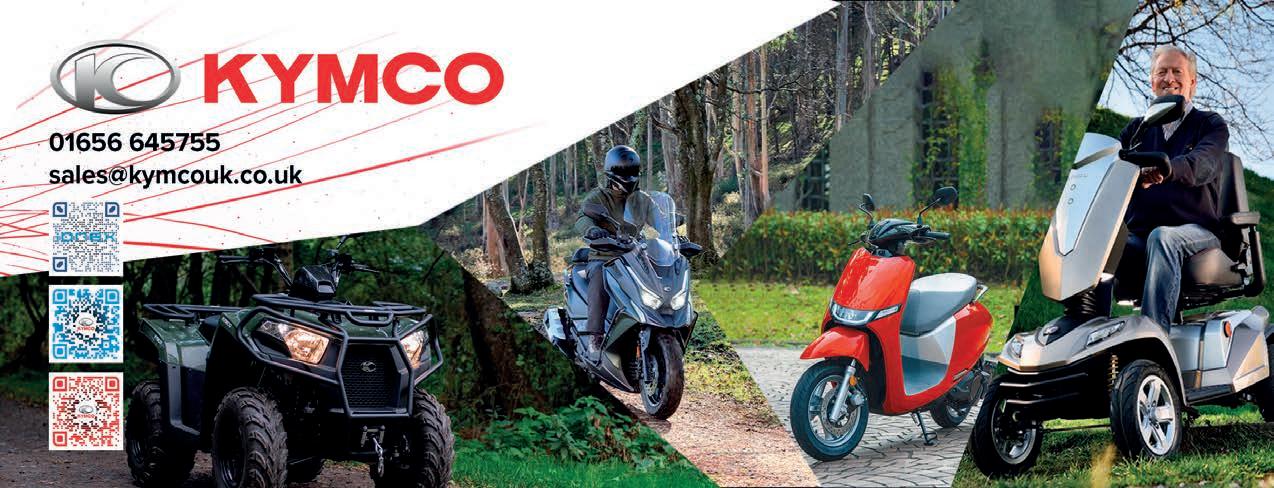
2 minute read
Electric news – Triumph TE-1
Electric news Electric news

Triumph concludes R&D on TE-1
British bike builder Triumph has been slowly drip-feeding press information on its batterypowered electric road bike project over the past 18 months or so. And it has now released the final results, alongside some stirring video footage and imagery of the TE-1 being ridden round Oulton Park and run on a dyno.
The raw numbers released are encouraging for fans of electric bikes: a peak power output of 175bhp, kerb mass of 220kg, range of 100 miles, and a 0-80% charge time of just 20 minutes, using DC fast charging from the car world. The 80-100% charge time will be a fair bit longer though, and there’s no word on what the likely price point might be.
The TE-1 programme was designed to help the firm develop the new technologies needed for an all-electric powertrain, rather than being a straight route to a production bike. So there was a lot of focus on mundane-but-essential stuff like throttle mapping, regenerative braking strategies, battery management and producing a chassis that works with the very different characteristics of an electric drivetrain.
Having said that, the final prototype looks remarkably close to a showroomready machine – and Triumph has also addressed one big criticism of EVs; the lack of sound. The Hinckley engineers have designed in a helical-cut primary drive gearset, which gives a satisfyingly high-tech whine as the bike accelerates. Will we be hearing that whine on a production electric Triumph any time soon? The smart money seems to be on an announcement on that at some point next year.
Yamaha funds green start-ups
Sustainability is a massive buzzword these days – and in a move to boost its sustainable credentials, the motorcycle arm of Yamaha is putting its money where its mouth is by setting up a $100m investment fund aimed at startup companies working to address environmental problems.
The new Yamaha Motor Sustainability Fund will run over 15 years and is intended to “foster collaborative relationships with the numerous companies striving to solve environmental issues and to contribute as a like-minded partner toward creating a better world while mutually enhancing each company’s own pursuits.”












